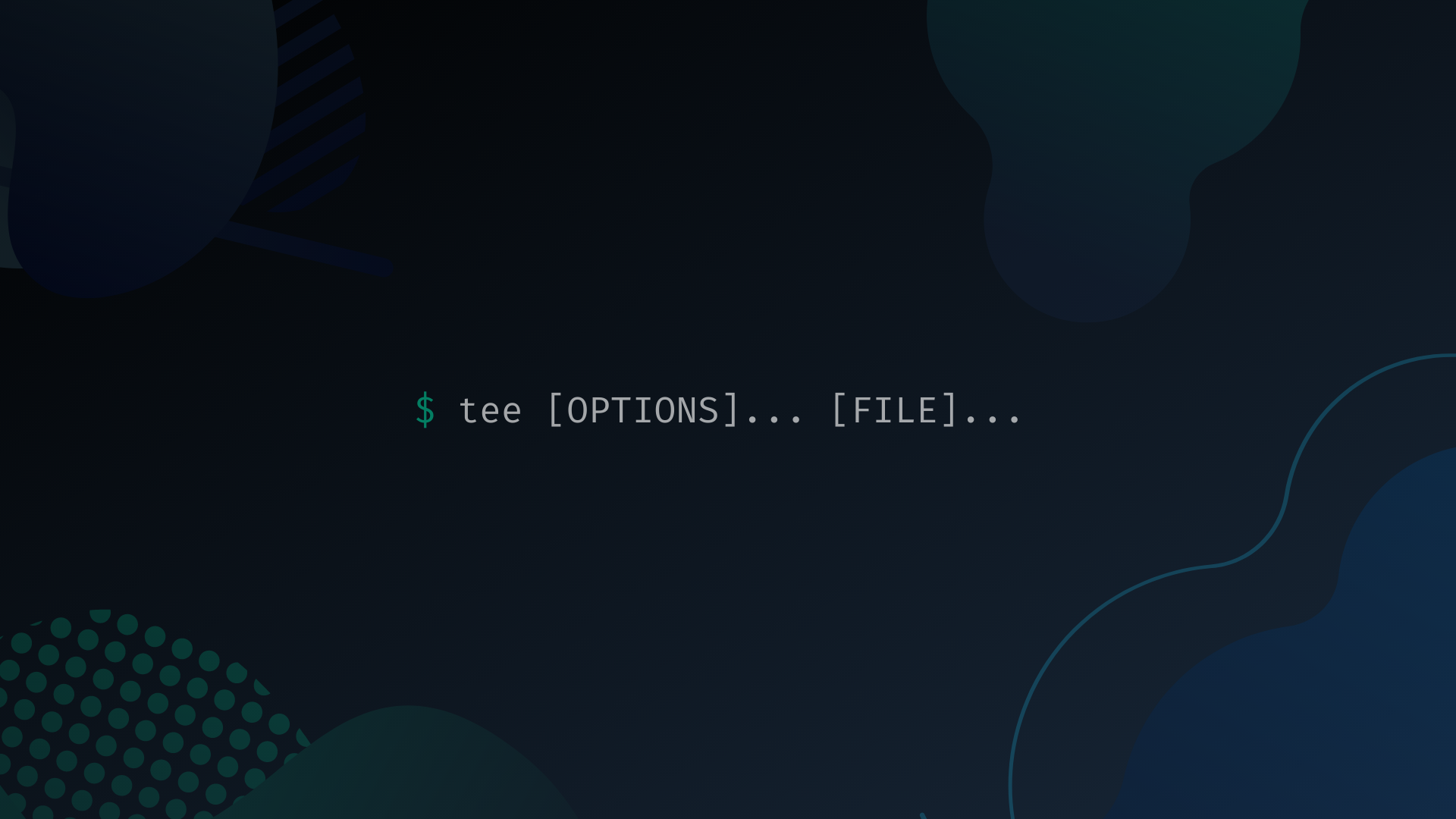
- #Where to enter gedit command in linux how to#
- #Where to enter gedit command in linux Patch#
- #Where to enter gedit command in linux free#
If you have questions or suggestions, please leave a comment below. This command lets you run commands in background even after you log out of the session. I would advise learning nohup command as well.

This was a quick one but enough for you to learn a few things about running commands in background in Linux. Where n is the job id as displayed in the output of the command jobs. The job id is the number you see at the beginning of each line in the output of the ‘jobs’ command. If you want to bring a certain process to the foreground, you need to specify its job id. In our previous example, running ‘fg’ will bring Vim editor back to the terminal. Now if you simply use fg, it will bring the last process in the background job queue to foreground. To bring background process back, use the command ‘fg’. To send the command to background, you used ‘bg’. But what about bringing a process running in the background to foreground again? Bring a Process to Foreground in LinuxĪlright! So you learned to run commands in background in Linux. The – sign indicates the second last job that you ran or foregrounded. The + sign indicates the last job you have run or foregrounded. You would also notice the – and + sign on two of the commands. Now the jobs command will show you all the running jobs/processes/commands in the background like this: jobsĭo you notice the numbers, and etc? These are the job ids. Let’s put some commands in the background first.
#Where to enter gedit command in linux how to#
Now that you know how to send the processes in background, you might be interested in knowing which commands are running in the background.įor this purpose, you can enter this command in the terminal: jobs + sleep 60 & See all processes running in background The suspended process will now run in background. What you have to do here is to use Ctrl+Z to suspend the running process and then use ‘ bg‘ (short for background) to send the process in background. You can send a running process to background as well. If you already ran a program and then realized that you should have run it in background, don’t worry. + Done sleep 60 Send a running Linux process to background When the command finishes in the background, you should see information about that on the terminal.
#Where to enter gedit command in linux Patch#
Let’s take a simple bash sleep command and send it to background. .Linux (no patch required) and with any kernel that obtains the memory map information from GRUB (GNU Mach, kernel.

To run a Linux command in background, all you have to do is to add ampersand (&) at the end of the command, like this: your_command & If you know that the command or process is going to take a long time, it would be a better idea to start the command in background itself. Start a Linux process in background directly I’ll also show you how to bring the background processes back to foreground. In this tutorial, I’ll show you a couple of ways to send a process in background.
#Where to enter gedit command in linux free#
I mean why keep the terminal occupied for a particular command? In Linux, you can send a command or process to background so that the command would be running but the terminal will be free for you to run other commands. If you have a long-running task, it’s not always wise to wait for it to finish.


 0 kommentar(er)
0 kommentar(er)
